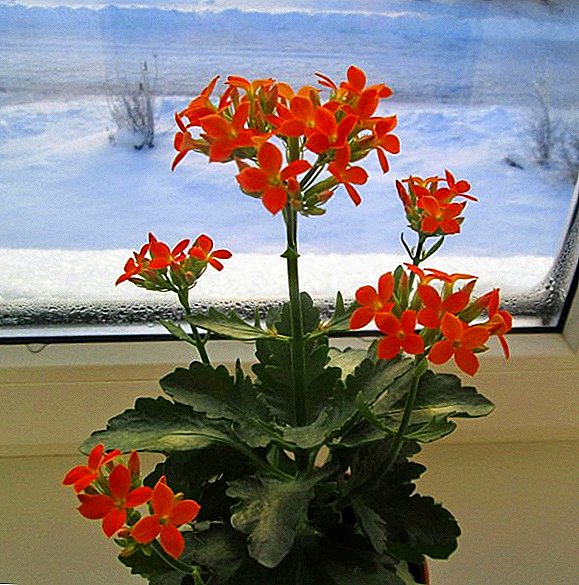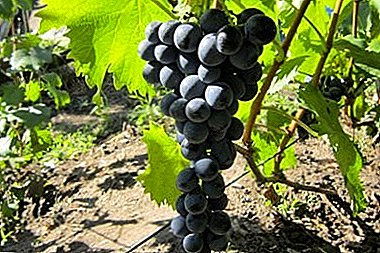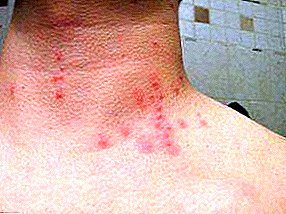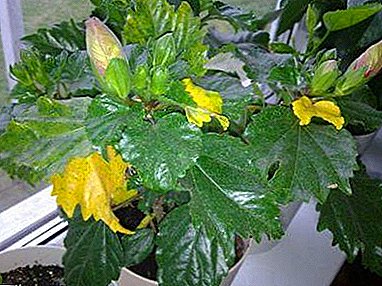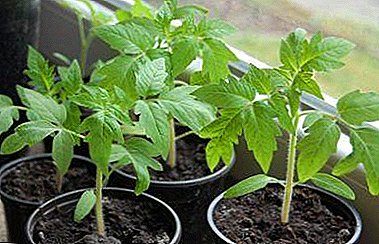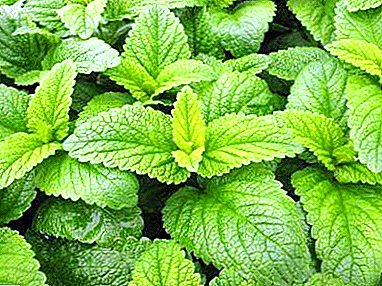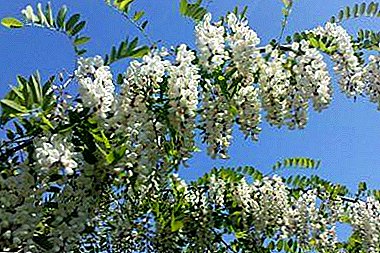
White acacia or robinia pseudo-acacia is a large tree with unusually fragrant flowers, collected in a brush.
This plant has medicinal properties, due to which it is especially popular in traditional medicine. Broths and infusions of parts of the white acacia have antipyretic and antispasmodic effects, are used in a number of diseases.
Acacia harvest can be prepared on their own or purchase ready-made at the pharmacy. But can the plant harm?
What parts of a plant are good for health?
For medicinal purposes, allowed to use flowers, leaves and pods of the plant. By experiments it was confirmed that white acacia in medicines has a diuretic and antispasmodic effect. Used in the form of tinctures, decoctions, essential oils.
In the bark of the tree contains pectins, oils, robinin. In high concentrations, these substances cause poisoning. Use in recipes very carefully. remember, that poisonous elements of acacia lose their properties during heat treatment.
Chemical composition
 The tree has a rich aroma, thanks to the essential oils in the composition. The bark and white acacia flowers contain the glycoside robinin. The element contributes to the removal of toxins from the body, but at the same time it has a toxic effect (it is important to observe the dosage). In the blossoming flowers contain up to 1.5% of this substance, in dried petals - 3.6%.
The tree has a rich aroma, thanks to the essential oils in the composition. The bark and white acacia flowers contain the glycoside robinin. The element contributes to the removal of toxins from the body, but at the same time it has a toxic effect (it is important to observe the dosage). In the blossoming flowers contain up to 1.5% of this substance, in dried petals - 3.6%.
In the flowers of acacia white also has:
- bicvercithin;
- bicrobin;
- essential and fatty oil.
Robinia bark and wood are filled with minerals. Young shoots and leaves contain vitamins A and C. In all parts of the tree there is mucus, it is it that has a beneficial effect on the digestive system. And rutin in the composition of white acacia makes blood vessels in the human body stronger and more elastic.
How is robinia used in homeopathy?
In the field of traditional medicine, white acacia is almost not used due to insufficient study of the chemical composition. And homeopaths, by contrast, are actively using the healing properties of the plant to combat many ailments.
What is useful, and how to apply in the treatment?
Due to its healing properties Healing potions are usually made from flowers, leaves or pods of white acacia.. The bark due to toxic substances in the composition is almost never used. Also do not apply seeds and roots.
Flowers
The first and most useful part is the flowers. It is their healing properties that are most often used in medicine. Decoction and infusion is used for a number of pathologies and problems:
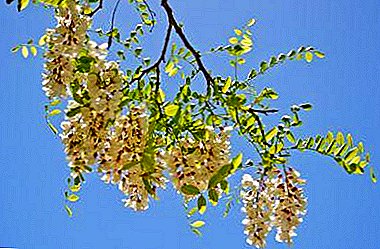 bladder disease;
bladder disease;- cold, colds;
- rheumatism;
- pain in the intestines and stomach;
- expectorant effect;
- to relieve fever and inflammation;
- stop bleeding;
- slight diuretic effect.
It is necessary to collect flowers in a half-open state, to dry in the fresh air.
- To make a tincture of acacia flowers at home, you need 10 g of raw material to pour 200 ml of boiling water, insist and strain.
- Another option for preparation - pour 10 g of raw material with vodka or alcohol (100 ml), insist 2 weeks in the sun.
Use only externally for rubbing and compresses (for osteochondrosis, joint pain).
We offer to watch a video about the benefits of white acacia flowers:
Leaves
This part is also actively used in tinctures. Acacia leaves are especially effective in gastritis and ulcersin diseases of the stomach and duodenum.
With the help of alcohol tincture, the nervous system is restored, the mood rises, headaches, insomnia, and excitement stop.
Widely used for the treatment of female diseases. It has an excellent effect on the body, which is affected by multiple sclerosis. Collect leaves from the beginning of flowering of white acacia and until late autumn (while the foliage is still green and does not fall off).
Pods
The pods are used in medicine for the treatment and prevention of gastrointestinal diseases, to reduce the acidity of gastric juice, to reduce pain during an ulcer or gastritis. How to make a medicinal tincture of the pods?
- Grind the pods to the desired size, hold in air until it hardens.
- Infuse raw materials to 40% alcohol in a ratio of 1:10.
- To sustain for at least 15 days, shake regularly.
- Drink 1 tsp. 3 times a day before meals.
Honey
 White acacia honey is a rare, very tasty and unusual product.. Contains a huge amount of vitamins: groups B, C, A, PP, as well as calcium, iron, zinc, iodine, magnesium. The most important property of honey is fortification.
White acacia honey is a rare, very tasty and unusual product.. Contains a huge amount of vitamins: groups B, C, A, PP, as well as calcium, iron, zinc, iodine, magnesium. The most important property of honey is fortification.
Tasty dessert provides reliable immune protection, resists infections, helps to recover from diseases. White acacia honey is an excellent antidepressant, it improves mood and makes it easy to resist stress.
White acacia is a wonderful honey plant.. During the flowering period (May - June), beekeepers receive from one plant up to 8 kg of honey.
We offer to watch a video about white acacia honey:
Contraindications
All broths and recipes with white acacia in the composition must be taken, strictly following the dosage. The plant contains toxic parts (seeds, roots) that can cause poisoning. The most dangerous part is the bark of the tree, it contains toxalbuminrobin. This element causes irritation and inflammation of the mucous membranes. That is why it is not recommended to use white acacia for people who have low acidity of the stomach.
It is absolutely contraindicated to use recipes with white acacia for pregnant women, as well as for breastfeeding. Before using products based on white acacia, it is recommended to consult a doctor.
Consequences of misuse and control of the plant
If it is wrong to use white acacia, do not comply with the dosage, you can get poisoning. It is possible to determine the overdose of a drug by the first signs:
- nausea;
- headache;
- malaise and weakness;
- drowsiness and dizziness;
- pain and burning in the stomach.
In extreme cases, hallucinations appear, cardiovascular failure develops. As a result, even death is possible due to a sharp decrease in pressure.
In case of overdose, rhinestones should flush the stomach, drink an absorbent drug.. The following shows symptomatic treatment only under medical supervision.
So, white acacia is not a pharmacopoeian plant, it is not used by official medicine. But parts of this tree are widely used in the field of traditional medicine, homeopathy and aromatherapy. White acacia is also used in perfumes for perfumes, soaps, shampoos, and fragrant acacia oil is used to make toilet water.


 bladder disease;
bladder disease;
